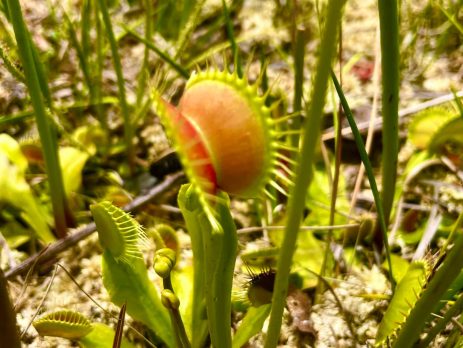What are some common science experiments involving Venus Flytraps?
There are several common science experiments involving Venus flytraps that are often used in educational settings. Here are a few examples: Observing Trap Closure: One of the most fascinating aspects of Venus flytraps is their ability to trap and digest insects. Observing the trap closure process can be a simple yet engaging experiment. Students can touch the trigger hairs of the Venus flytrap to see how the leaves close around their finger, or they can use a small insect (such...










